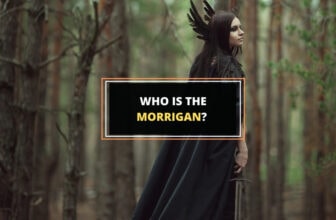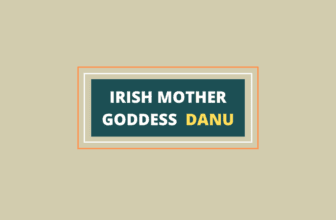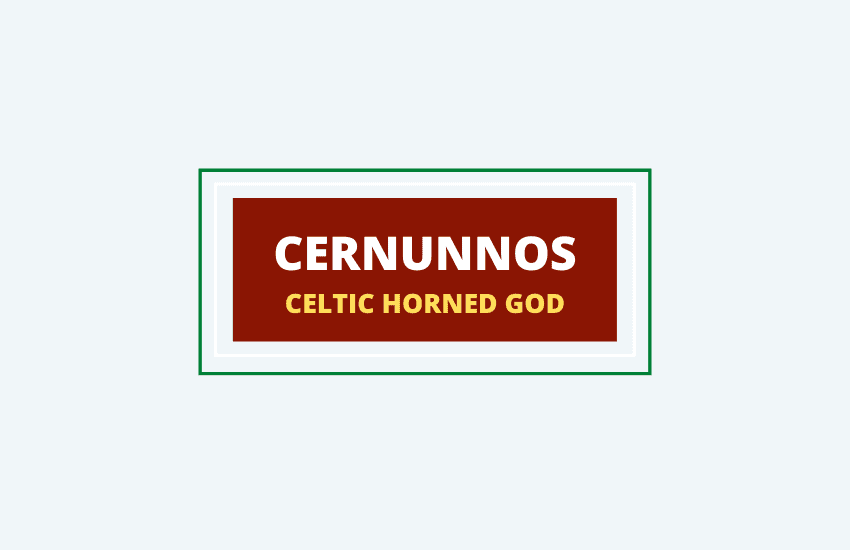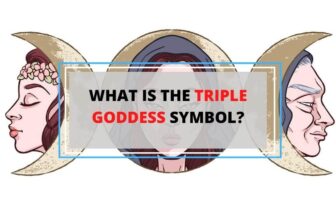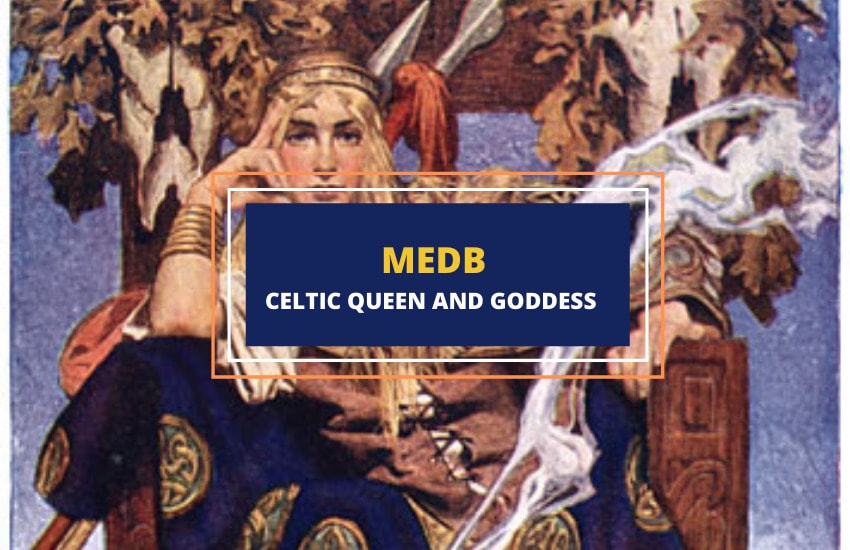
Table of Contents
The story of Queen Medb is one of Ireland’s greatest legends. This goddess in the flesh was fierce, seductive, beautiful, and most importantly powerful. No man could be king of Ireland’s ancient sites of Tara or Cruachan without first becoming her husband.
Who Is Medb?
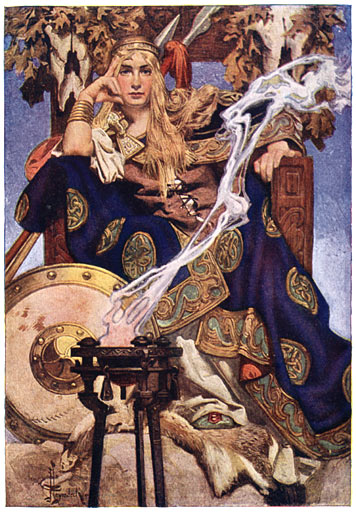
Medb is mentioned throughout Irish Legends as a powerful queen. She was both fearless and warrior-like, while also seductive and cruel. She is believed to have been a manifestation or a representation of a goddess or sovereignty and was represented as such in two personalities within Irish legends. She was known both as the Queen of Tara in Leinster under the name ‘Medh Lethderg’, and as ‘Medh Cruachan’ of the Ol nEchmacht, later known as Connaught.
Etymology of the Name Medb
The name Medb in Old Irish became Meadhbh in Modern Gailege and was later Anglicised as Maeve. The root of this name is commonly believed to have originated in the proto-Celtic word ‘Mead’, an alcoholic beverage often offered to constitute an inauguration for a king, and is connected to the word ‘Medua’, meaning ‘intoxicating’.
Evidence of the Importance of Medb
There are multiple locations across Ulster and wider Ireland whose names, according to Karl Muhr of the Ulster Placename Society, directly relate to the goddess queen Medb, thus conveying her extreme importance within the cultures.
In County Antrim there is a ‘Baile Phite Meabha’ or Ballypitmave, and in County Tyrone there is ‘Samil Phite Meabha’ or Mebds Vulva. In County Roscommon, the ancient site of Rath Croghan has a mound known as ‘Milin Mheabha’ or Medb’s knoll, while at the sacred site of Tara, an earthwork named ‘Rath Maeve’ exists.
Was Medb a Real Woman?
The historical woman that we have come to know as Medb, or Maeve, can be best understood as a representation of a goddess in the flesh. Although the stories tell tales that she was appointed queen by her father, it is also possible that she was elected by the people to lead dynasties due to her divine characteristics.
It is also possible that there was not only one Medb, but that her name was used out of respect for many queens, including those of Tara.
Many parallels can be found between Medb of Cruachan and Medh Lethderg, the sovereignty Queen of Tara in Leinster. It seems Medb of Cruachan may have been simply a mythical legend, inspired by the real Medb, the Queen of Tara, but scholars are not quite sure.
Early Life: Queen Medb’s Beauty and Husbands
Irish traditions and legends include at least two versions of the queen Medb, and though the stories vary slightly, the powerful Medb was always a representation of a sovereign goddess. Although she was known by the people as a mythical deity, she was also a very real woman, whom kings would ritually marry within the political and religious belief system of pagan Ireland.
Medb was connected to a sacred tree, as many Irish deities were, called ‘Bile Medb’, and she was represented symbolically with the image of a squirrel and bird sitting on her shoulders, like mother nature, or a goddess of fertility. Her beauty was said to be unmatched. In one famous tale, she was described as a fair headed wolf queen, who was so beautiful that she robbed a man of two thirds of his valor upon seeing her face. However, Medb was known to have had many husbands throughout her lifetime.
- Medb’s First Husband
In one of Medb’s many possible histories, she was known as Medb of Cruachan. In this tale, her first husband was Conchobar Mac Nessa, king of the Ulaid. Her father Eochiad Fedlimid had given her to Conchobar as the prize for killing his father, Fachach Fatnach, former king of Tara. She went on to bear him one son, Glaisne.
However, she did not love Conchobar, and after she left him, they became lifelong enemies. Eochaid then offered Conchobar to Medb’s sister Eithene, to replace his other daughter who had abandoned him. Eithene also fell pregnant, but before she was able to give birth, she was assassinated by Medb. Miraculously, the child survived as it was delivered prematurely through a cesarean birth as Eithene lay dying.
- Medb Rules Over Connaught
Another popular legend of Queen Medb tells the story of her rule over Connaught in the famous poem “Cath Boinde” (The Battle of the Boyne). It was said that her father Eochaid removed the then king of Connaught, Tinni Mac Conrai, from his place on the throne, and installed Medb in his place. However, Tinni did not leave the palace but instead became Medb’s lover, and thus returned to power as king and co-ruler. He was eventually slain in single combat by Conchobar, and once again Medb would be left without a husband.
- Ailill mac Mata
After the slaying of her husband, Medb demanded that her next king have three attributes: he must be without fear, without a cruel demeanor, and harbor no jealousy. The last was the most important as she was known to have many consorts and lovers. After Tinni, several more husbands followed as kings of Connaught, such as Eochaid Dala, before the most famous Ailill mac Mata, who was the chief of her security and became her consort and eventually her husband and king.
Myths Involving Medb
The Cattle Raid of Cooley
The Cattle Raid of Cooley is the most important story within the Rudrician Cycle, later known as the Ulster Cycle, a collection of Irish legends. This story gives us the greatest insight into the warrior queen of Connaught known to most as Medb of Cruachan.
The story begins with Mebh feeling inadequate against her husband Ailill. Ailill had one thing Medb did not, a great bull by the name of Finnbennach. This famous creature was not only an animal, but Ailill was said to have immense wealth and power through the possession of the beast. This caused Medb great frustration as she wanted her own creature, but she could find no other equal in Connaught, and planned on looking for one around greater Ireland.
Medb eventually heard that within the territory of her first husband Conchobar, the land of the Ulaid and the Rudrician race, there existed a bull even greater than the bull of Ailill. Daire mac Fiachna, a local farmer of the area now called Co. Louth, owned a bull called Donn Cuailgne and Medb was prepared to give Daire anything he desired in order that she might borrow the bull for a short period. She offered land, wealth, and even sexual favors, and Daire initially agreed. However, a drunken messenger had let slip that if Daire refused, Medb would go to war for the prized bull, and thus he immediately withdrew his decision as he felt double crossed.
With Daire’s withdrawal from the deal, Medb decided to invade Ulster and take the bull by force. She had mustered up an army from all over Ireland, including a group of Ulster exiles led by Conchobar’s estranged son, Cormac Con Longas, and his foster father Fergus Mac Roich, a former king of Ulster. According to the 6th century poem “Conailla Medb Michuru” (Medb has entered evil contracts), Medb then seduced Fergus into turning against his own people and Ulster.
As Medb’s forces traveled east to Ulster, a mysterious curse was placed upon the Clanna Rudraide, Ulster’s elite warriors tasked with protecting the Ulster people. Through this stroke of luck, Medb was able to gain easy access into Ulster territory. However, when she arrived her army was opposed by a lone warrior who came to be known as Cú Chulainn (the hound of Cuailgne). This demigod sought to defeat Medb’s forces in the only way he could, by demanding single combat.
Medb sent warrior after warrior to fight Cú Chulainn, but he defeated each and every one. Finally, the Ulster men arrived at the scene, and Medb’s army was bested. She and her men fled back to Connaught, but not without the bull. This story, with its many mystical and almost unbelievable elements, portrays Medb’s goddess-like nature, and her ability to win no matter the odds.
Donn Cualigne, the great bull of Daire, was brought to Cruachan where it was forced to fight Ailill’s bull, Finnbennch. This epic battle left Ailill’s bull dead, and Medb’s prized beast severely injured. Donn Cualigne later died from his wounds, and the death of both the bulls is said to represent the wasteful conflict between the regions of Ulster and Connaught.
Medb’s Death
In her later years, Medb of Cruachan often went to bathe in a pool on Inis Cloithreann, an island on Loch Ree, near Knockcroghery. Her nephew, Furbaide, son of the sister she had assassinated and Conchobar Mac Nessa, never forgave her for the slaying of his mother, and so he planned her death for many months.
It’s said he took a rope and measured the distance between the pool and the shore and practiced with his slingshot until he could hit a target on top of a stick in the distance. When he was satisfied with his skill, he waited until the next time Mebd was bathing in the water. According to legend, he took a hardened piece of cheese and killed her with his sling.
It’s said she is buried in Miosgan Medhbh, a stone cairn on the summit of Knocknarea in County Sligo. However, her home in Rathcroghan, County Roscommon, has also been suggested as a potential burial place, where there is a long stone slab named ‘Misgaun Medb.’
Medb – Symbolic Meanings
Medb is a symbol of a strong, powerful, ambitious, and cunning woman. She’s also promiscuous, and unapologetically so. In today’s world, Medb is a powerful feminine icon, a symbol for feminism.
Within the Medb narratives, one thing is clear: Ritual marriages were an extremely important aspect of the culture among the people that inhabited these lands. Both the stories of Medb of Cruachan and Medb Lethderg tell detailed epics of a sensual goddess who had many lovers, husbands, and consequently, kings. Medb Lethderg was known to have had nine kings during her lifetime, some may have been for love, but most likely they were pawns in her political endeavors and her constant strive for power.
Medb was not the only goddess queen to grace the pages of Irish folklore. In fact, pagan Ireland worshiped female powers and their connection to nature in many deities. For example,
Macha, the sovereign goddess of the ancient Ulster capital of Emain Macha in modern Co. Armagh was both revered and powerful. Princes of the Ulaid would be ritually married to Macha, and only by doing so could they become Ri-Ulad or king of Ulster.
Medb in Popular Culture
Medb has had enduring influence and is often featured in modern culture.
- In The Boys comic series, Queen Medb is a Wonder Woman-like character.
- In The Dresden Files, a series of contemporary fantasy books, Maeve is the Lady of Winter Court.
- Medb is believed to be the inspiration behind Shakespeare’s character, Queen Mab, in Romeo and Juliet.
FAQs About Medb
Medb was the queen of Connacht, which she ruled over for 60 years.
Medb is thought to have been killed by her nephew, whose mother she had killed. It’s said that he used a hardened piece of cheese to get his aunt.
Medb was a powerful warrior, who would fight her battles with weapons rather than with magic. She was the symbol of a strong female character.
Conclusion
Medb is certainly an important part of Irish culture, history, and tradition. A symbol of a powerful, yet oftentimes cruel woman, Medb was ambitious and strong-willed. Her political importance, mystical characteristics, and passion for both men and power will make her intriguing to every generation to come, just as she would have wanted.
.




